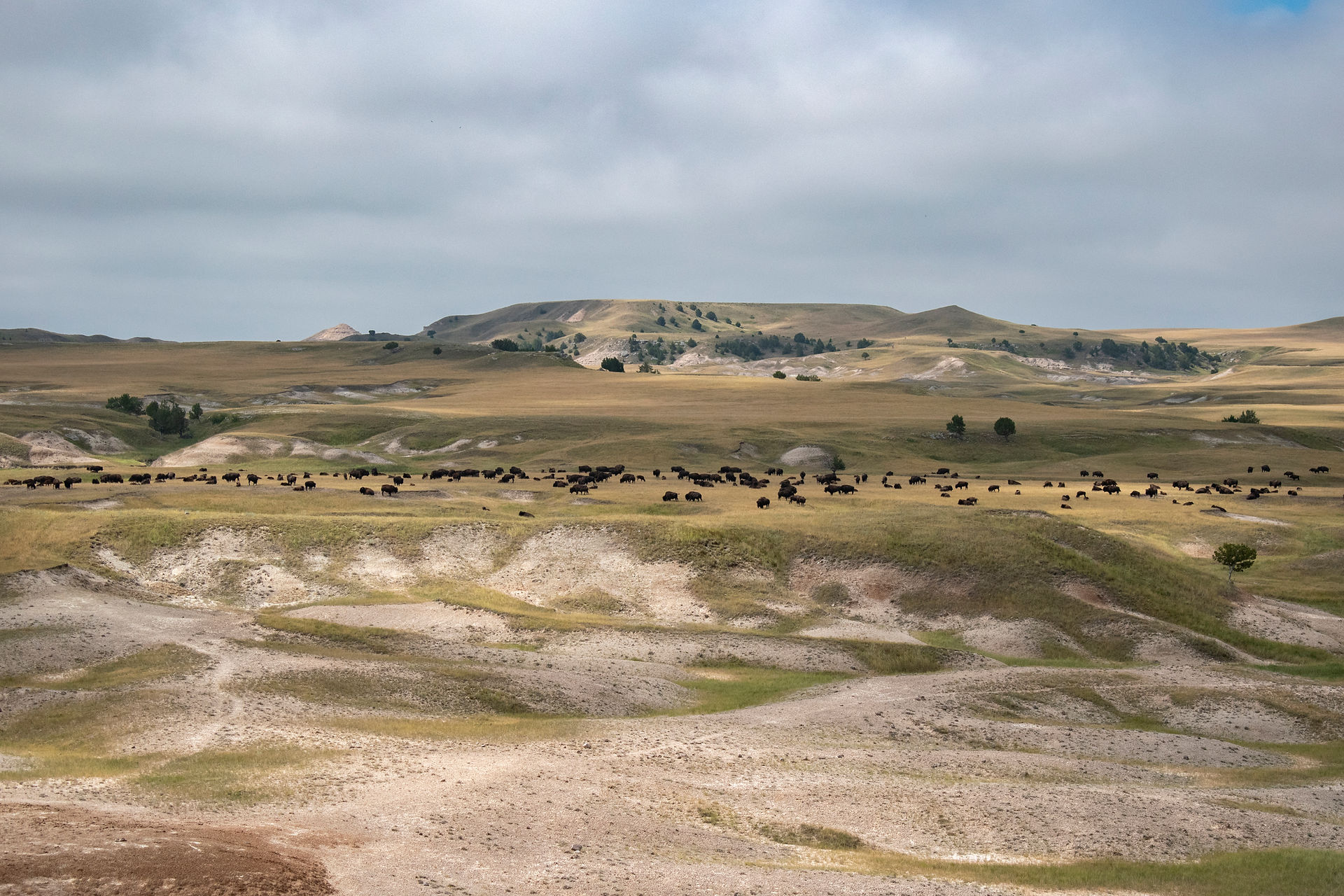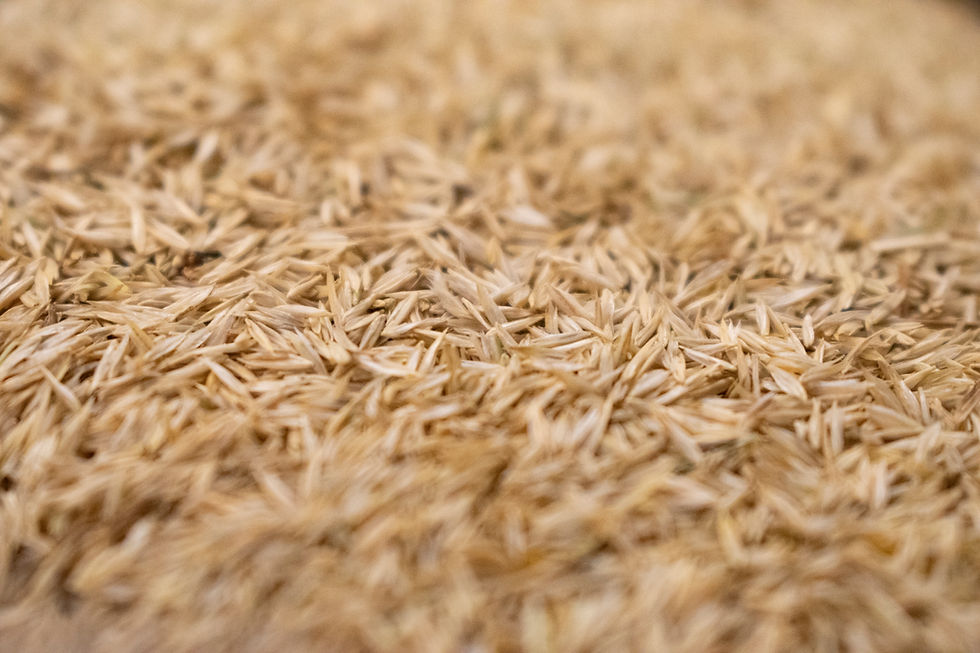
We restore endangered ecosystems.


The northern Great Plains represents the most extensive ecological loss in North America. Denuded of its wildlife and dominated by agriculture, less than 1% of the original tens of millions of acres remains unfarmed or ungrazed. With a multitude of endangered species continuously declining in isolated patches of remnant prairie, restoration is the only way to save the region’s biodiversity.
In 2018, The Phoenix Conservancy began our efforts to restore North America’s so-called Serengeti.
Great Plains


Our efforts are currently focused on northern mixed and short-grass prairie, particularly in South Dakota. This region historically supported a rich diversity of flora and fauna. Thriving populations of bison and prairie dogs, along with regular fires, helped maintain soil and vegetation that supported the rest of the wildlife community, including Sage Grouse, Black-tailed Ferrets, Badgers, Elk, Pronghorn, and Bears.
WHERE
WHERE

Grasslands are characterized by wide open spaces, and the species that call these ecosystems home are adapted to large, uninterrupted tracts of habitat. Today, northern mixed and short-grass prairie is severely fragmented, leaving many grassland species unable to survive in remnant patches. In recent years, many stakeholders have seen restoration as an opportunity to improve soil and rangeland while protecting threatened species, but such efforts are greatly limited by native seed shortages.
WHY
WHY

The Phoenix Conservancy has established a native plant seed cultivation program to increase the availability of plants for restoration. With tens of thousands of acres of prairie to restore, we cannot grow enough plants to cover all land available for restoration. Instead, we aim to provide stakeholders with a targeted suite of species to create on-site seed gardens. These gardens will be sources of seed for future prairie restoration activities, maximizing our partners' flexibility in management strategies across the region.
WHAT
WHAT

We serve a diverse set of stakeholders across the northern Great Plains, including private landowners, ranchers, farmers, government agencies, and tribal organizations. Our efforts would not be possible without our close partners at Fort Pierre National Grassland and the Lower Brule Tribe. We have received generous financial support from our major funders, as well as from numerous individuals through one-time and monthly donations.
WHO
WHO

We have laid a strong foundation for native plant cultivation in the Great Plains. In 2023 and 2024, we delivered hundreds of seedlings to Fort Pierre National Grassland to expand their native seed garden. We also collected thousands more seeds for future plantings, which we will rear in our greenhouse facilities for the next one to two years.
SUCCESS
SUCCESS

Seed shortages are a widespread problem across the Great Plains, with government agencies, tribal organizations, and private landowners all struggling to find native plants at affordable prices. The Phoenix Conservancy seeks to meet that demand throughout the region by establishing a robust native seed collection and cultivation program in close collaboration with the diverse stakeholders that call the Great Plains home.
FUTURE
FUTURE

As a growing non-profit, the greatest limiting factors to achieving our goals are financial constraints. Any donations, large or small, monthly or one time, drive our efforts to restore the Great Plains.
Following us on social media and spreading the word about us is also a tremendous help.
On behalf of the Great Plains, its biodiversity, and its people, thank you.

PHOTO GALLERY
Take a look at the Great Plains and the work we do.









